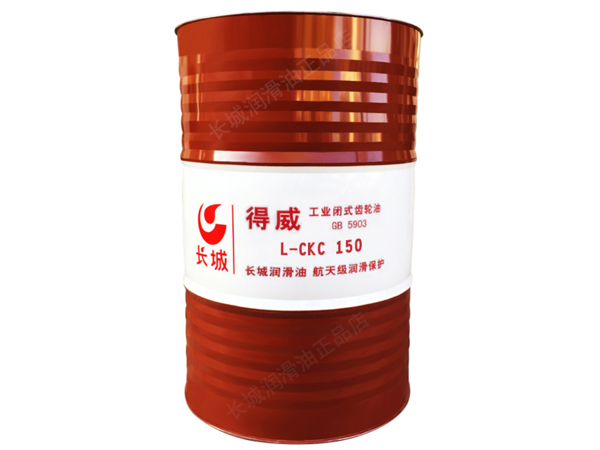
Lanzhou Liulian Kunrun petrochemical Co., LTD
Committed to metal processing oil research and development, production and application
13893342384
You have no unread inquiry information!



News
 Hot recommendation
Hot recommendation


在Industrial lubricating oilPeople who have worked in the factory for many years understand the importance of doing a good job of lubricating oil cleaning and environmental pollution manipulation。Gases can also cause environmental pollution to lubricants, which not only do not contain moisture content, magazines, and other oil liquids, but also avoid carrying gas, whether it is the foam on the surface of the oil or the bubbles contained within the oil。The reason for the infiltration of gas in the lubricating oil is very complicated, and sometimes it is not the problem of the oil itself, so the oil change can not be dealt with。Bubbles and foams are harmful to lubricating oil and equipment. Bubbles will speed up the air oxidation and mildew rate of lubricating oil, speed up the consumption of preservatives, harm heat removal, can not produce detailed lubricating oil film, and cause wear to machinery and equipment。The bubble in the high pressure system software will continue to cause some high temperatures, making the oil quickly mildew。In addition, the gas is easy to shrink, there is steam in the lubricating oil, the thin and thick oil film will become soft and even the oil film will crack, and the middle of the mechanical parts will immediately friction, leading to wear out。The bubble cracks under the effect of working pressure, and the metal surface will continue to produce cavitation damage。In addition, the bubble will continue to cause instability in the operation of machinery and equipment。
